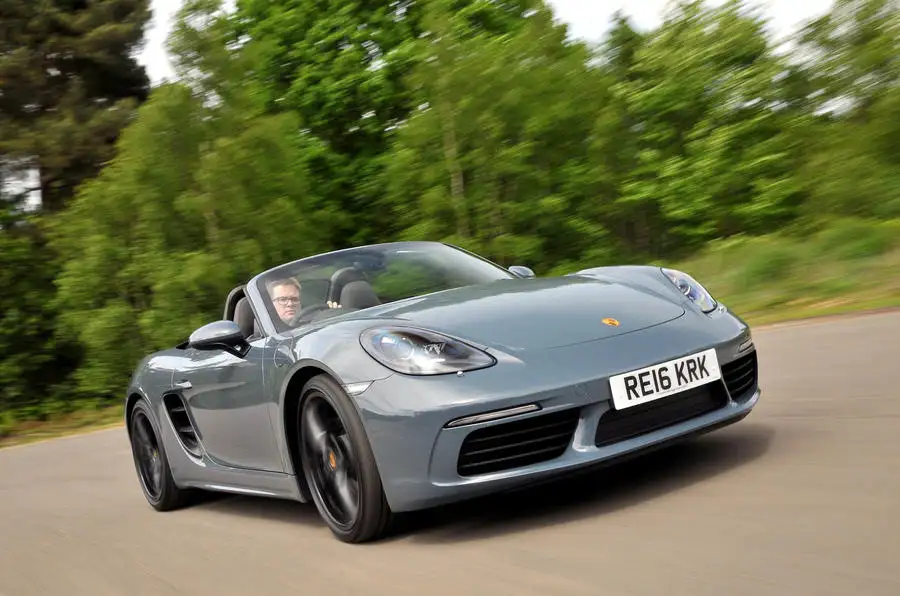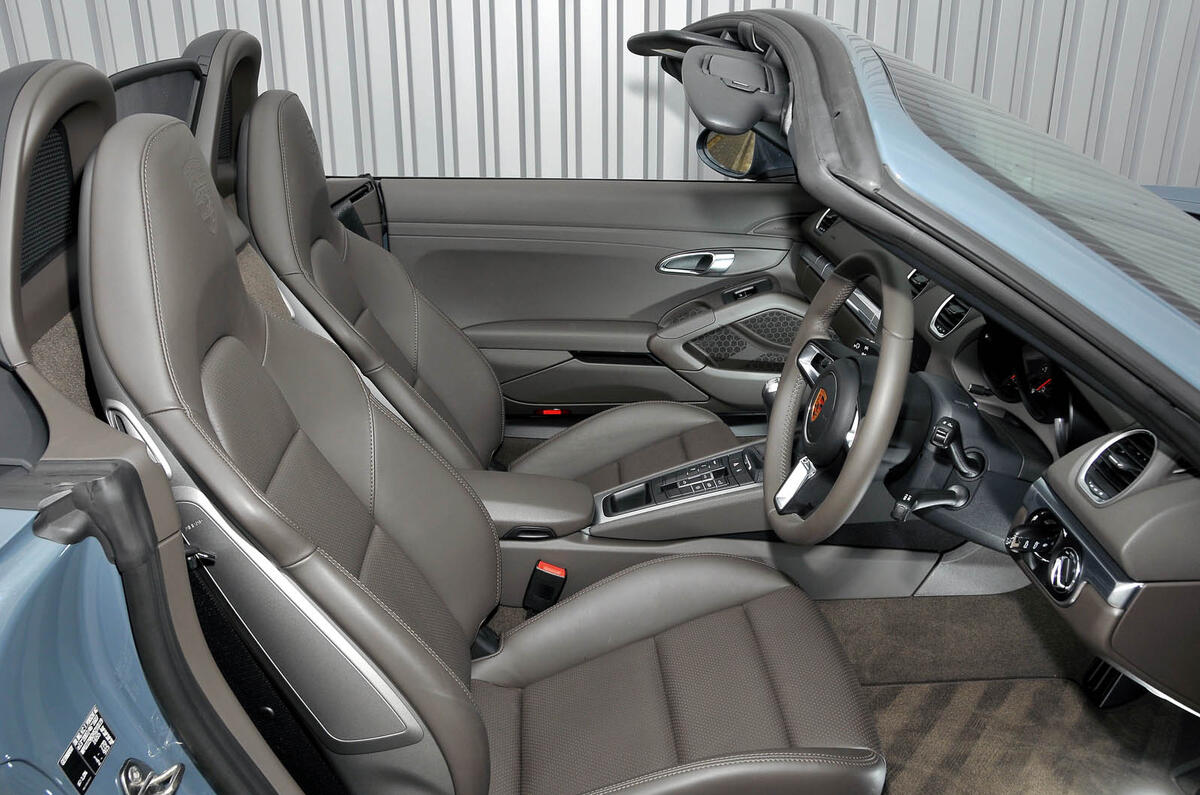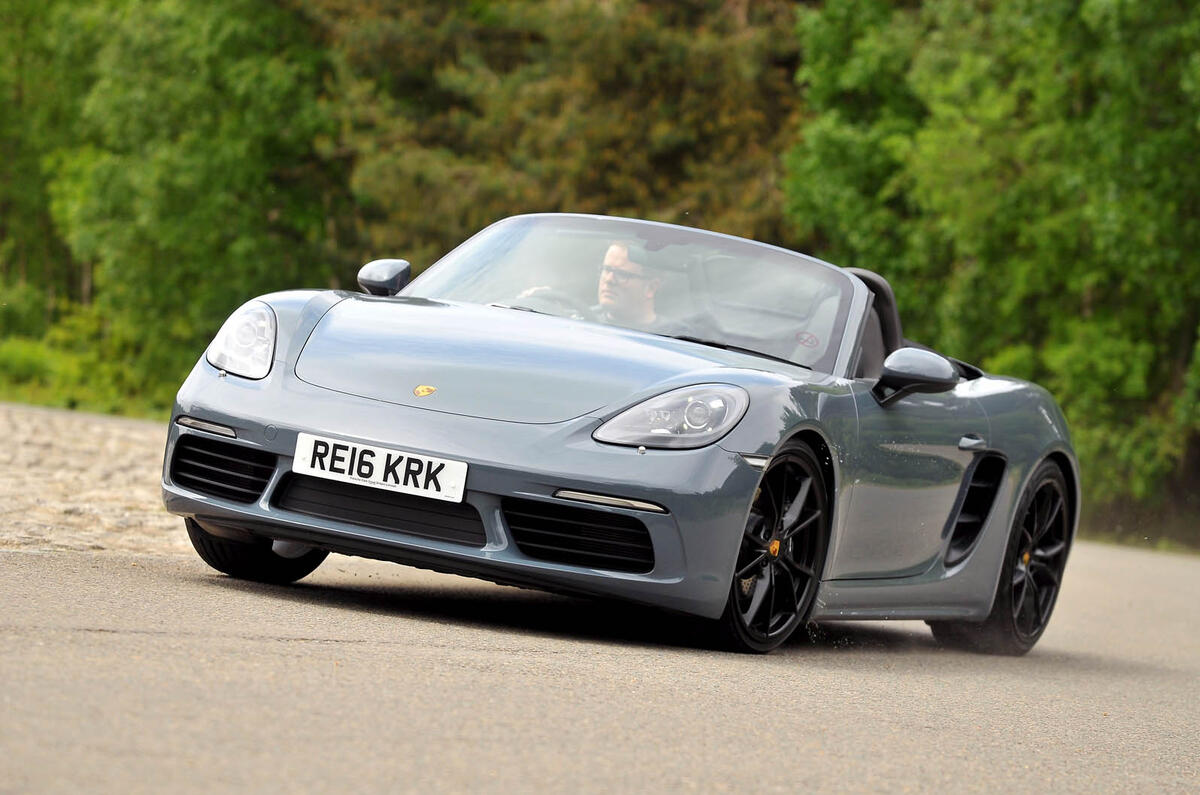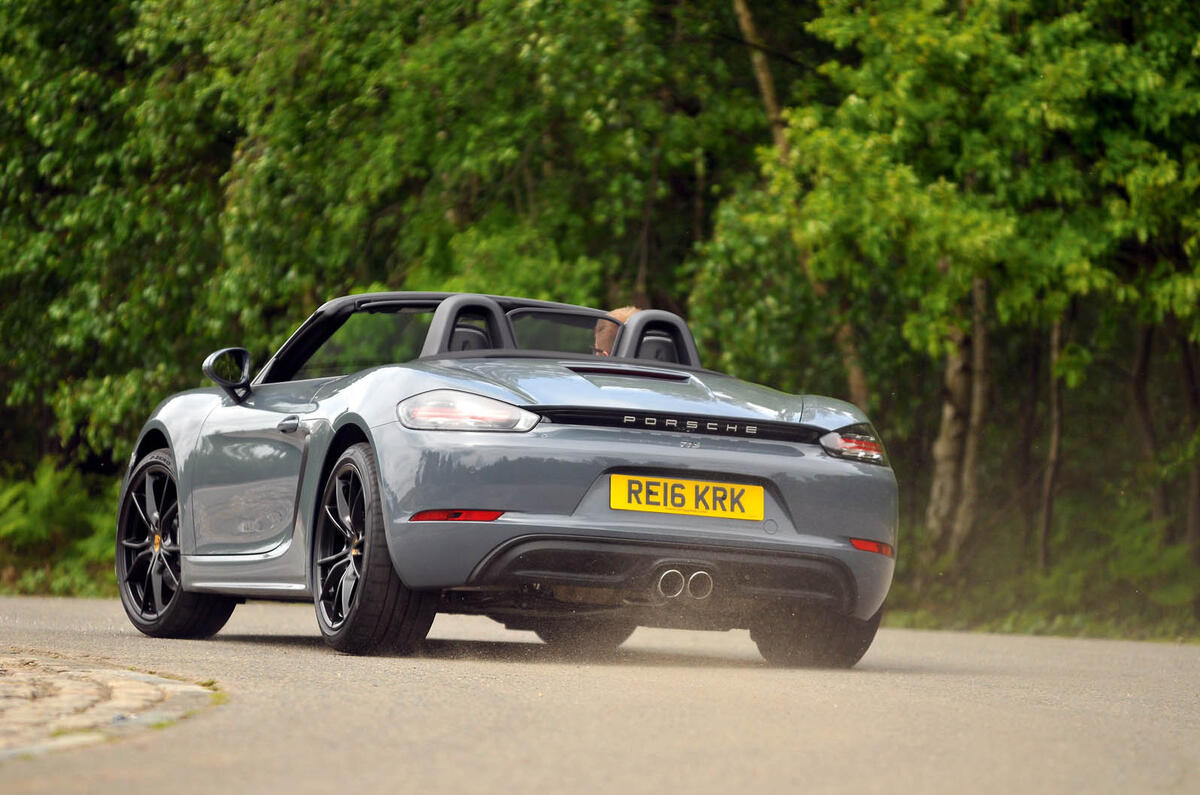Anyone concerned that a Porsche four-cylinder engine might start and turn over with the restrained anonymity of an equivalent Audi TT or SLC can be reassured: there’s a modest bass note and slightly cantankerous edge to the 2.0-litre lump at idle, indicative of its skittled cylinders and certainly more characterful than the contrived blather of the S’s 2.5-litre unit.
It revs with thick-set attitude and about as freely as you could expect from a petrol motor with a turbo.
It also moves off with a bit more convenience than the six-pot did and floats about at low speeds in a more easy-going fashion – less raggedy and impatient for throttle input.
The new gearbox and clutch don’t hurt. There’s still an odd intransigence should you want to pull away like a rocket, but otherwise the manual transmission manages to be both sweeter and lighter than the wrist and calf troubler it replaces.
This plays nicely when improved amenability is obviously the powertrain’s strongest suit. In this respect, there’s objectively no contest.
The previous car’s leggy gearing (carried over) meant frenzied downshifting in the hope of finding a cog productive enough to adequately meet your big toe’s ambitions.
In the new model, there’s patently and predictably less need, the flat four responding with staunch enthusiasm, even in ratios five and six. Credit, then, to Porsche that this benignly likeable trait (the hallmark of a modern turbocharged engine, after all) is ushered in sensitively.



















































